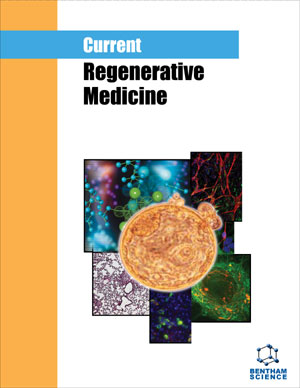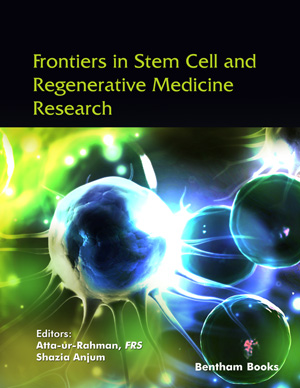Abstract
Background: Leishmania parasites causative agents of leishmaniasis are aerotolerant or microaerophilic and consume oxygen to some extent. Leishmania parasites produce hydrogen peroxide as a metabolism product in certain circumstances and are naturally exposed to the toxin metabolites such as Reactive Oxygen Species generated by macrophages. To stand oxidative stress, trypanosomatids evolved a unique dithiol trypanothione pathway which consists of a cascade of low molecular weight thiol specific oxidoreductases acting in the order of trypanothione reductase, trypanothione, tryparedoxin, and tryparedoxin peroxidase to detoxify peroxides. Tryparedoxin peroxidases belong to a widespread family of peroxiredoxins.
Objective: It is necessary to review tryparedoxin peroxidase as a member in family of peroxiredoxins in kinetoplastida. Method: Regarding the literature review on tryparedoxin peroxidase in kinetoplastida, the role and function of this important protein have been reviewed. Results: This protein with the critical function could be considered as a drug target. Also, it could be highlighted in vaccine development. Conclusion: This group of antioxidants plays an important role in various physiological and pathological processes including metabolism, defense, cell signaling and apoptosis. In this study, the functional tryparedoxin peroxidase of Leishmania spp. is reviewed.Keywords: Hydrogen peroxide, kinetoplastida, Leishmania, peroxiredoxin, ROS, tryparedoxin peroxidase.
 29
29






